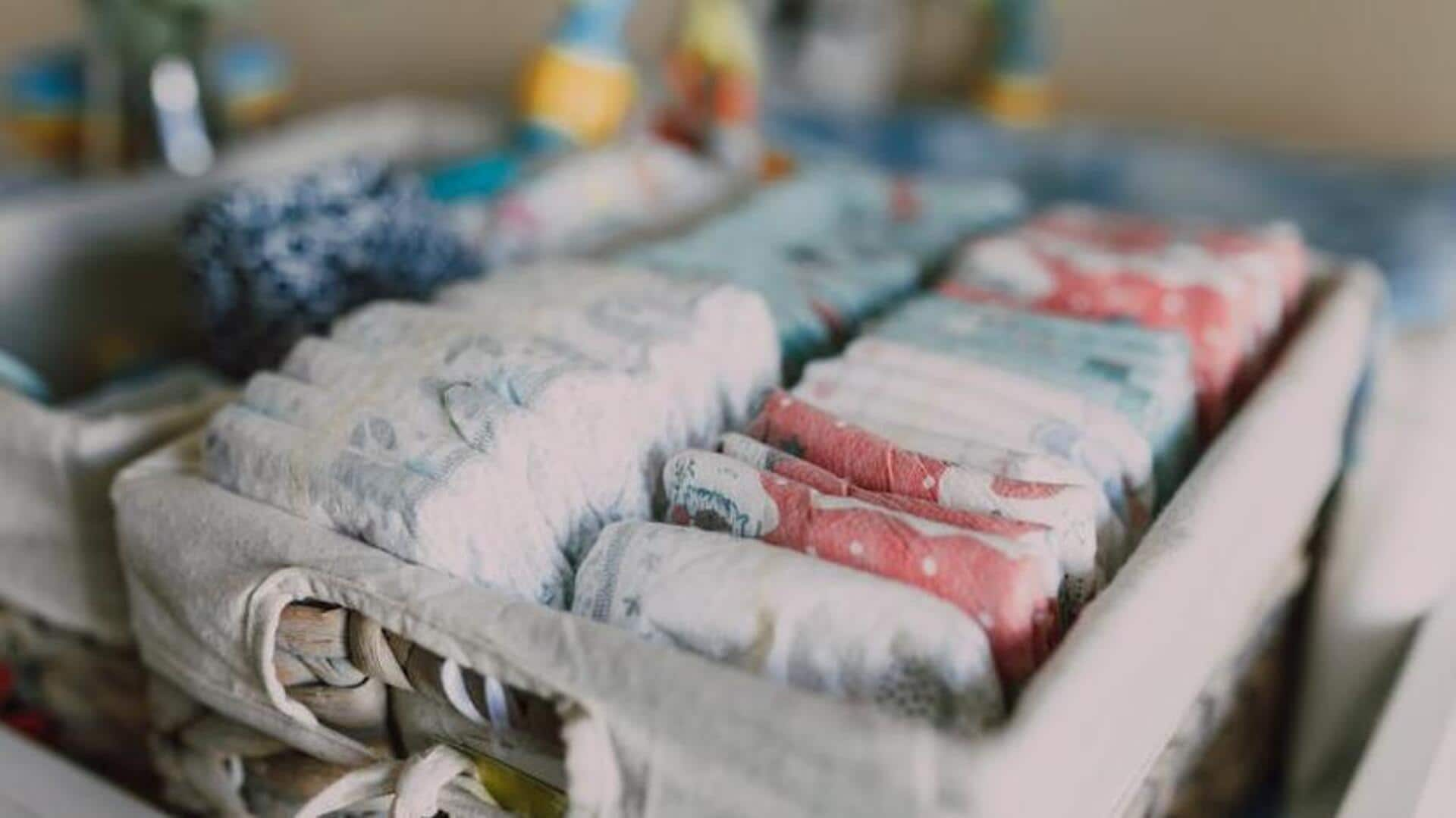
Budget-friendly DIY cloth diaper solutions
What's the story
Choosing cloth diapers over disposable ones can significantly reduce household waste and save money. Although the initial cost of cloth diapers can be high, this article provides budget-friendly DIY solutions for parents who are keen to make the switch. It details how to source materials and create your own diapers, empowering you to embark on a sustainable and cost-effective diapering journey.
Repurpose
Use old t-shirts and towels
Cloth diapering on a budget: Old T-shirts and towels to the rescue! Soft, absorbent cotton T-shirts make perfect inner layers for diapers. And those microfiber or bamboo towels you no longer need? They're great for absorbent inserts. Cut them according to patterns available online. Not only is this eco-friendly, but it's also budget-friendly - you can save at least $50-$100 compared to buying new materials or ready-made cloth diapers.
Sewing skills
Sew your own diapers
If you can sew, creating your own cloth diapers is a great option. Free or inexpensive patterns allow you to customize sizes and styles for your baby. You'll require PUL fabric for the waterproof outer layer, absorbent material for the inner layer, and snaps or Velcro for closures. Starting at $20-$30, this setup will produce multiple diapers, drastically reducing costs over time.
Bulk purchase
Bulk buy fabrics online
Purchasing fabrics in bulk online can save you a ton of money for homemade cloth diapers. Look for deals on absorbent materials like cotton flannel, hemp fleece, or bamboo terry, and waterproof PUL fabric. Online retailers frequently offer discounts on large orders or remnants perfect for diaper projects. By buying in bulk, you can save up to 30% compared to purchasing smaller quantities.
Community support
Join cloth diapering groups
Participating in online forums or local groups dedicated to cloth diapering can open up opportunities for second-hand materials and shared resources such as patterns and sewing tips. Members frequently sell or donate fabrics they no longer need, often at a fraction of the cost. These communities also provide invaluable support and guidance for DIY diaper projects, assisting in troubleshooting problems without the need for professional intervention.
Efficient washing
Optimize laundry practices
Proper washing can prolong the life of your DIY cloth diapers, saving even more water and energy. Always pre-rinse in cold water before the regular wash. Opt for homemade detergent to prevent skin irritation, you can find many recipes online. Sun-dry whenever possible. It naturally bleaches fabrics without the need for chemicals. By following these steps, you can further reduce ongoing costs and minimize environmental impact compared to using disposables.